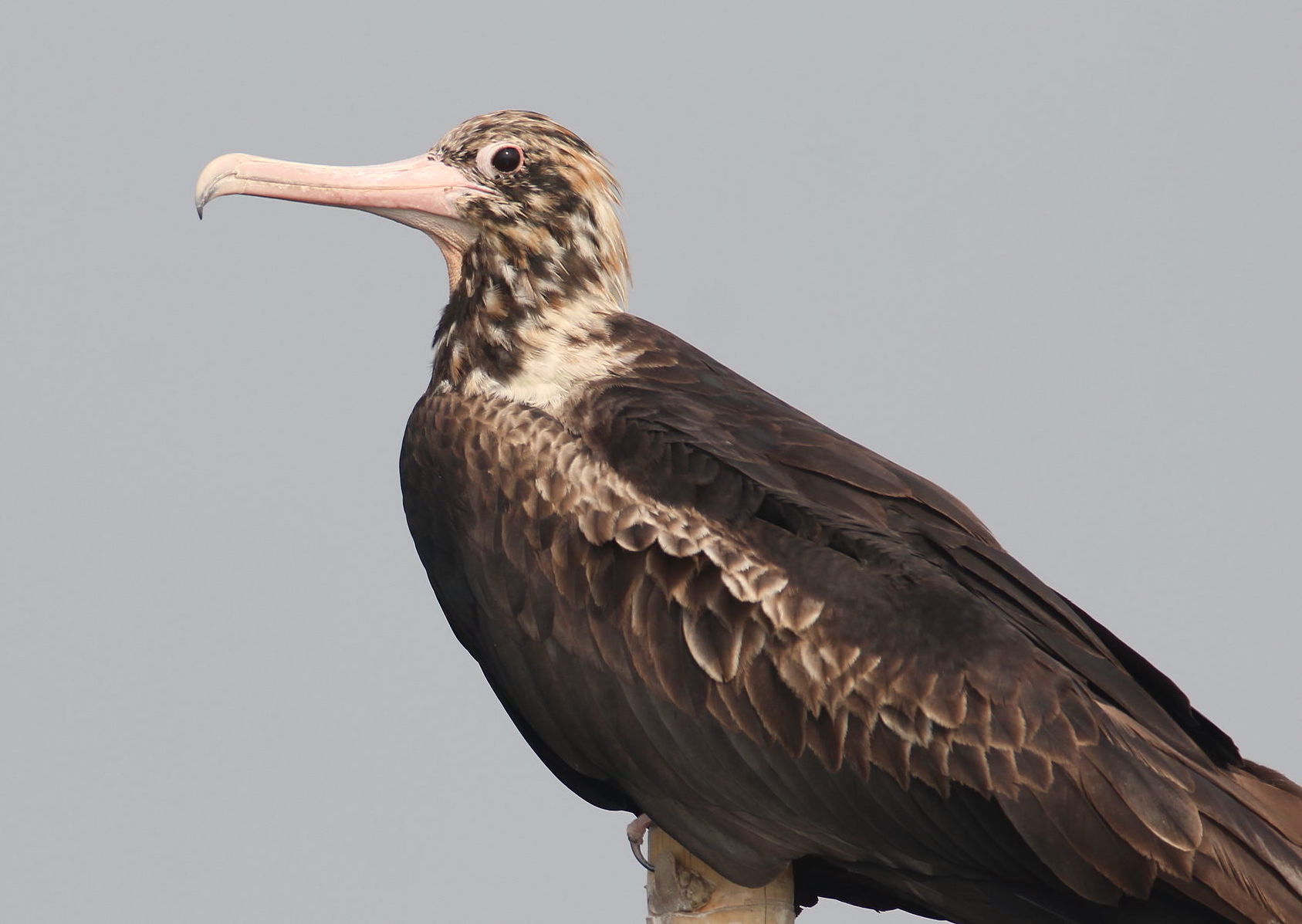Christmas frigatebird on:
[Wikipedia]
[Google]
[Amazon]
The Christmas frigatebird (''Fregata andrewsi''), or Christmas Island frigatebird, is a seabird of the frigatebird family
 The Christmas frigatebird measures in length, has a wingspan of and weighs around . The adult male of this species is easily identified, since he is all black except for a white belly patch. Other plumages resemble those of the smaller
The Christmas frigatebird measures in length, has a wingspan of and weighs around . The adult male of this species is easily identified, since he is all black except for a white belly patch. Other plumages resemble those of the smaller
BirdLife International species factsheetInternet Bird Collection: photos, videos and audio recordingsAudio recordings from xeno-canto
{{Taxonbar, from=Q1263210 Christmas frigatebird Birds of Christmas Island Critically endangered fauna of Oceania Critically endangered fauna of Asia Christmas frigatebird Christmas frigatebird
Fregatidae
Frigatebirds are a family of seabirds called Fregatidae which are found across all tropical and subtropical oceans. The five extant species are classified in a single genus, ''Fregata''. All have predominantly black plumage, long, deeply forked ...
which is an endemic
Endemism is the state of a species being found in a single defined geographic location, such as an island, state, nation, country or other defined zone; organisms that are indigenous to a place are not endemic to it if they are also found else ...
breeder to Christmas Island
Christmas Island, officially the Territory of Christmas Island, is an Australian external territory comprising the island of the same name. It is located in the Indian Ocean, around south of Java and Sumatra and around north-west of the ...
in the Indian Ocean.
The Christmas frigatebird is a large lightly built seabird with brownish-black plumage, long narrow wings and a deeply forked tail. It has a wingspan of around . The male has an egg shaped white patch on his belly and a striking red gular sac
Gular skin (throat skin), in ornithology, is an area of featherless skin on birds that joins the lower mandible of the beak (or ''bill'') to the bird's neck. Other vertebrate taxa may have a comparable anatomical structure that is referred to as e ...
which he inflates to attract a mate. The female is slightly larger than the male and has a white breast and belly. They feed on fish taken in flight from the ocean's surface (mostly flying fish
The Exocoetidae are a family of marine fish in the order Beloniformes class Actinopterygii, known colloquially as flying fish or flying cod. About 64 species are grouped in seven to nine genera. While they cannot fly in the same way a bird d ...
), and sometimes indulge in kleptoparasitism
Kleptoparasitism (etymologically, parasitism by theft) is a form of feeding in which one animal deliberately takes food from another. The strategy is evolutionarily stable when stealing is less costly than direct feeding, which can mean when f ...
, harassing other birds to force them to regurgitate their food. The species is listed as vulnerable by the International Union for Conservation of Nature
The International Union for Conservation of Nature (IUCN; officially International Union for Conservation of Nature and Natural Resources) is an international organization working in the field of nature conservation and sustainable use of nat ...
.
Taxonomy and systematics
The Christmas frigatebird was once considered to belong to the species ''Fregata aquila'' but in 1914 the Australian ornithologistGregory Mathews
Gregory Macalister Mathews CBE FRSE FZS FLS (10 September 1876 – 27 March 1949) was an Australian-born amateur ornithologist who spent most of his later life in England.
Life
He was born in Biamble in New South Wales the son of Robert H. M ...
proposed that the Christmas frigatebird should be considered as a separate species with the binomial name ''Fregata andrewsi'' in honour of the English paleontogist Charles Andrews. Of the four other species within the genus ''Fregata'', genetic analysis has shown that the Christmas frigatebird is most closely related to the great frigatebird.
Description
lesser frigatebird
The lesser frigatebird (''Fregata ariel'') is a seabird of the frigatebird family Fregatidae. At around 75 cm (30 in) in length, it is the smallest species of frigatebird. It occurs over tropical and subtropical waters across the Indian ...
, but have whiter bellies and longer white underwing spurs.
Status
The Christmas frigatebird is endemic to Christmas Island and breeds in only four main nesting colonies. In 2003 there were 1,200 breeding pairs but as frigatebirds normally breed every other year, the total adult population was estimated to be between 3,600 and 7,200 individuals. The species has a small population and breeds on just one island. It is therefore listed by theInternational Union for Conservation of Nature
The International Union for Conservation of Nature (IUCN; officially International Union for Conservation of Nature and Natural Resources) is an international organization working in the field of nature conservation and sustainable use of nat ...
as vulnerable.
References
Further reading
*External links
BirdLife International species factsheet
{{Taxonbar, from=Q1263210 Christmas frigatebird Birds of Christmas Island Critically endangered fauna of Oceania Critically endangered fauna of Asia Christmas frigatebird Christmas frigatebird